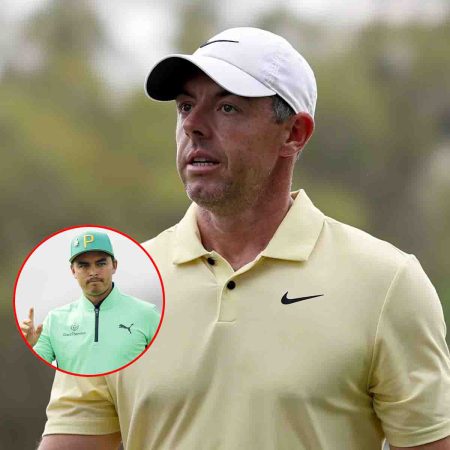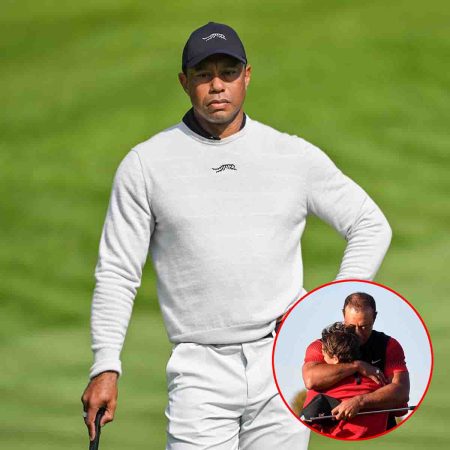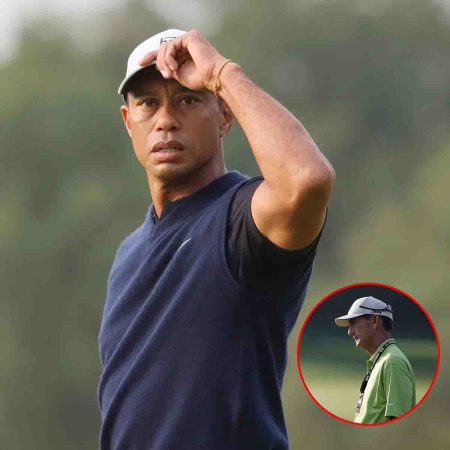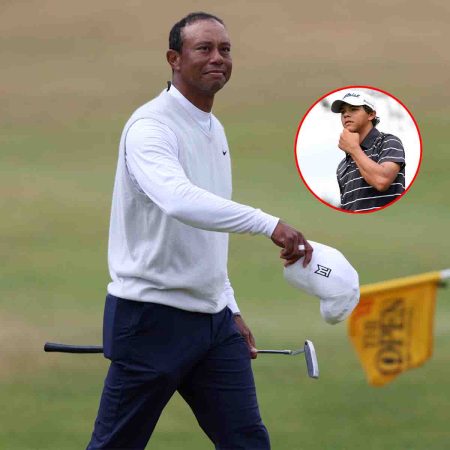/cdn.vox-cdn.com/uploads/chorus_asset/file/24351489/usa_today_19764988.jpg)
The Golden State Warriors may have dropped the biggest ball of the season so far against a weakened Phoenix Suns squad sans Devin Booker, Chris Paul, and Deandre Ayton.
Facing a talent deficit, it was interesting to see how the Suns would defend the Warriors — reinforced by the return of Steph Curry — and their vaunted starting lineup that outscored opponents by 23 points per 100 possessions prior to the game, the best among 13 five-man lineups with a minimum 250 minutes played this season.
The answer was apparent: The Suns would blitz and trap ball handlers around ball screens and were content with anyone not named Curry or Klay Thompson handling the ball and making decisions. Even Draymond Green — probably the greatest short-roll playmaker of all time — was given leeway against 4-on-3 advantages, with the caveat that the Suns sat on his passing options and did an excellent job scrambling and rotating to close backline/perimeter gaps.
Credit the Suns for having more energy, fight, and a clear gameplan on defense to stifle what should’ve been an offense that took advantage of the talent deficit.
On the Warriors’ part, they never took the necessary measures to adjust. Granted, some of their offensive weapons were still trying to shake off the rust. Curry had 24 points but took 22 shots, clearly not his most efficient night. Andrew Wiggins is still trying to rediscover his pre-injury form that gave him a rather legitimate argument for another All-Star appearance.
Curry, in particular, seemed rather content at times to be in the background while occasionally using his pull to generate advantages for his teammates.
It’s interesting to note that prior to the shoulder subluxation that took him out for 11 games, Curry was used by Steve Kerr in plenty of ball-screen/ball-screen-adjacent actions in the half court. It wasn’t by any means as prolific as Ja Morant (49.6% of his possessions) or Trae Young (47.8%), but Curry being the pick-and-roll ball handler in 30.6% of his possessions this season marks the highest ball-screen frequency of his career under the Steve-Kerr era.
/cdn.vox-cdn.com/uploads/chorus_asset/file/24351466/1455639914.jpg)
It’s understandable that Kerr is reluctant to place a heap of on-ball responsibility upon his superstar who’s still trying to ease into NBA action. But the consequences were laid bare against the Suns. Half-court sets had zero bite, with a noticeable lack of flow and advantage creation.
On defense, the Warriors allowed the Suns to settle into a comfort zone and rhythm — something that should’ve been difficult for them to achieve considering they were without three of their main offensive drivers.
While some of the Suns’ success on offense could be attributed to variance, one can’t help but think there was a bit of tactical oversight. With Paul, Booker, and main backup point guard Cameron Payne all out, the opportunity was there for the Warriors to dole out an excruciating amount of ball pressure against the Suns’ remaining ball handlers — all of whom are nowhere near the level of initiators and shot creators that Paul and Booker are.
It was only when the Warriors were threatening to make a comeback against the Suns late in the fourth quarter that the light bulb that was hanging over their heads the entire game was switched on.

Somehow, it hit the Warriors that if even a modicum of ball pressure was applied to whoever was handling the ball for the Suns, chances are that mistakes will be made and a turnover can be coughed up. As such, the Warriors sicced their best on-ball defender onto the Suns’ designated ball handler:
Josh Okogie is far from being the ideal ball handler for the Suns; Wiggins takes full advantage by picking him up nearly the full length of the court and applying merciless ball pressure that leads to the turnover.
Even if it wasn’t full-court pickups, the Warriors probably should’ve adopted what the Suns were doing to them all game long: throw two defenders around ball screens to test ball handlers’ ability to get out of a pickle.
Teams often trap for two different reasons:
- To get the ball out of a dangerous offensive weapon’s hands
- To force turnovers against a ball handler not accustomed to handling traps
The Warriors clearly should’ve employed the latter reason against the Suns all throughout. It was something they tried to do late in the game, when they were facing one hell of a mountain to climb:
Even if full-court pressure doesn’t force a turnover right away, it does have other advantages. It slows down an offense enough for a significant chunk of the shot clock to be burned; opponents will have less time to work within a half-court setting. That forces them to be sped up in an effort to generate offense; being more hurried increases the chances of mistakes being made.
I completely understand why a full-court press isn’t sustainable. It demands a full tank of defensive energy that could very well run empty if it’s employed throughout an NBA game. It also requires personnel that pressures the ball without running the risk of being blown by or being called for fouls due to overstepping allowed physicality.
But if done in spurts and if it’s executed perfectly, it can expose an opponent’s lack of ball handling:
The Warriors didn’t even have to commit to full-blown pressure all throughout; maybe something as simple as employing Wiggins as a full-court specialist to hound ball handlers might’ve blown up plenty of what the Suns were trying to do on offense.
It’s a tactical oversight that Kerr himself even admitted to after the game, shouldering the blame for not preparing his team enough.
Here is Steve Kerr’s detailed soundbite on the Warriors’ home loss to a Suns team without its core players pic.twitter.com/o4Vn4gLCRp
— Anthony Slater (@anthonyVslater) January 11, 2023
Granted, perhaps sending Wiggins out to perform a physically demanding task for a majority of the game might be asking too much of someone who’s only in his second game back after a long layoff. But with another two-day break coming up, perhaps Kerr could’ve afforded to ask more from his premier wing defender, especially when they are in no position to absorb losses without much consequence.
What was a 5-0 homestand — on pace to be graded as “excellent” — is instead a good-but-not-great 5-3. Those three losses came against opponents the Warriors should’ve defeated — an extra layer of sting to an already bruised team.
Source: https://www.goldenstateofmind.com








